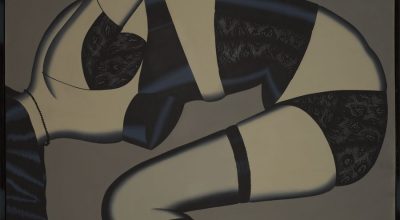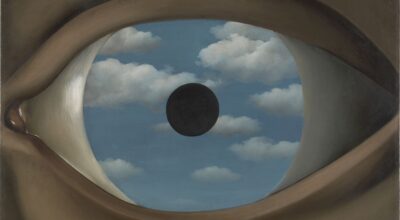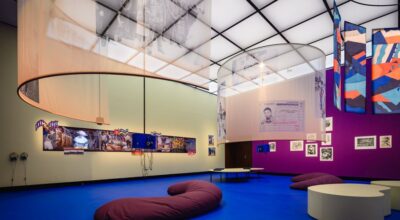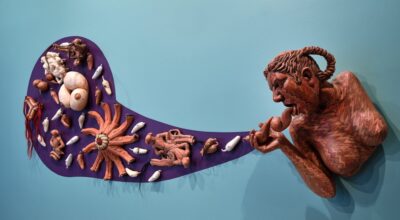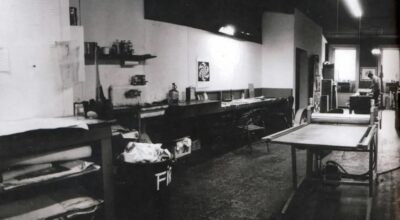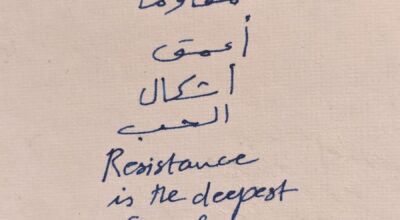English
REGINA JOSÉ GALINDO’S PERFORMANCE “TIERRA” REMAINS RELEVANT ONCE AGAIN
The presentation of Regina José Galindo’s work marks the beginning of a series of collaborations between MoMA and MoMA PS1 aimed at showcasing works from the Museum of Modern Art’s collection. «I think it is a very timely piece,» says the Guatemalan artist. «All the conflicts occurring in the world are over land; land is the greatest value in the universe,» she comments.
LACAN, THE EXHIBITION. WHEN ART MEETS PSYCHOANALYSIS
Curated by Marie-Laure Bernadac and Bernard Marcadé, the exhibition at the Centre Pompidou-Metz was the first dedicated to Jacques Lacan. Over 40 years after the psychoanalyst’s death, it seemed urgent to plan an exhibition highlighting the unique links between Jacques Lacan and art, by putting into perspective the works he himself referenced, the artists who paid tribute to him, as well as the modern and contemporary works that can provide an echo to the great conceptual orientations of his thought.
WHO WAS JUAN TREPADORI?
2024 marks the 60th anniversary of the New York Graphic Workshop (NYGW), the group of printmaking artists formed in 1964 by Liliana Porter (Argentina), Luis Camnitzer (Uruguay) and José Guillermo Castillo (Venezuela). Among the artworks that should be remembered are those of an artist completely made up by the group.
GABRIEL CHAILE: NO HAY NADA QUE DESTRUYA EL CORAZÓN COMO LA POBREZA
This is the artist’s first solo museum presentation in the United States. At BAMPFA, Chaile presents newly commissioned work reflecting on the social concerns of his community. Often made in homage to particular individuals—ancestors, family, and friends—Chaile’s sculptures reflect how social issues of the present connect to long histories of anti-colonial resistance.
GREEN SNAKE: WOMEN-CENTERED ECOLOGIES
“Green Snake: Women-centered ecologies” focuses on the connections between art and larger themes of ecology in the context of rising temperatures and extreme weather events. Gathering more than 30 artists and collectives from 20 countries, the exhibition presents over 60 works that draw on mythologies and worldviews with women at their heart to explore possibilities for alternative ecological relationships and to imagine other futures.

